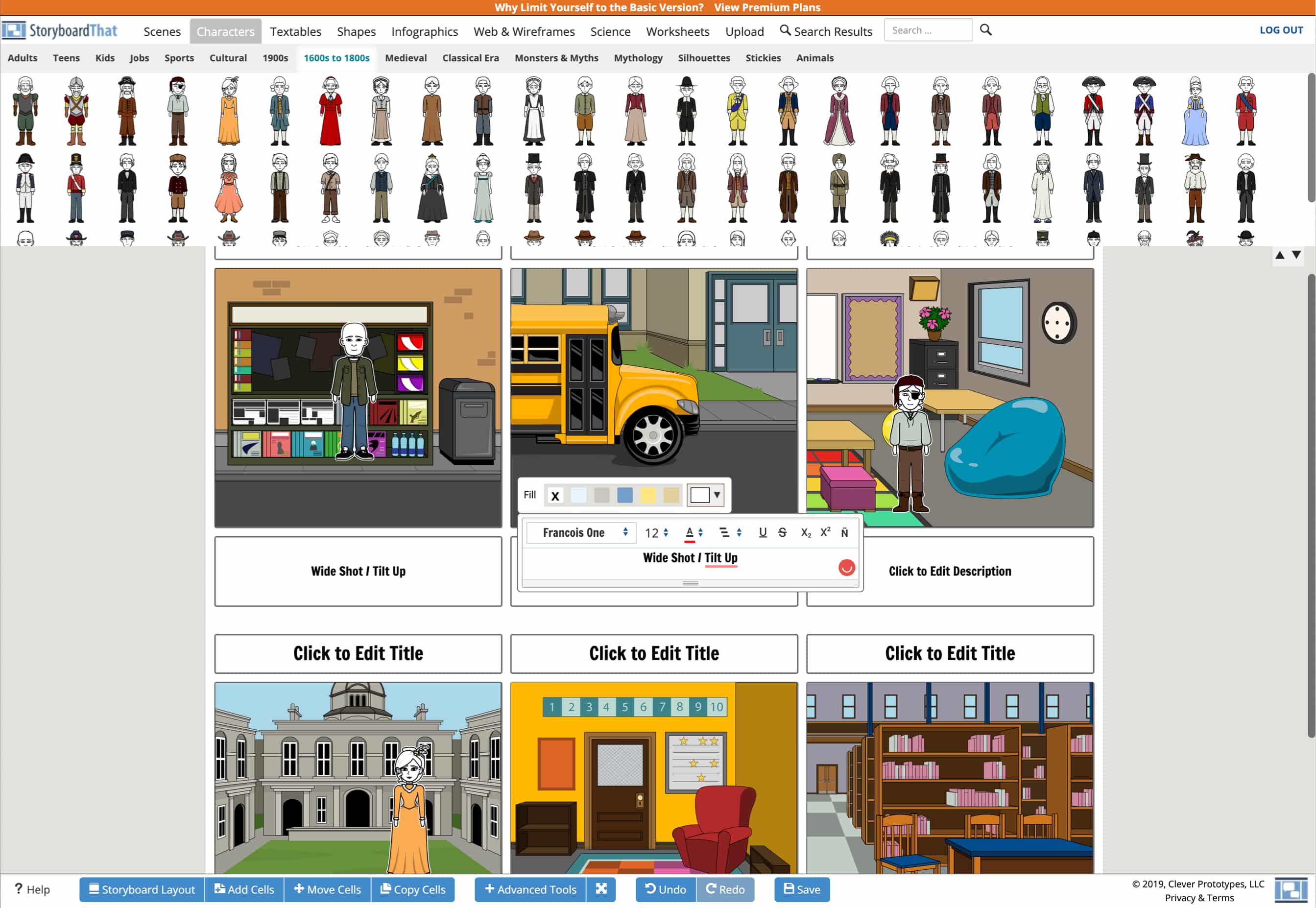
Big budget film companies like Dreamworks will usually storyboard each scene in preparation for their animators.

Each individual card might be a few lines of script, a scribbled-down idea, or a sketch of a scene. The first step in storyboarding is creating "cards" that hold plot points and events. When you storyboard your game lore and your various gameplay interactions, it can be an easy way to unravel problem areas before they arise at the expensive development stage. That's why it's important to take the time to focus in on the details that will help your project stand out. In a gaming environment increasingly dominated by microtransactions for continued returns off of players, this can spell doom for indie development studies. Some games can survive off the merits of their mechanics alone with a story barely existing in the background, if at all, but the story can also make the difference between a game capturing the heart of a player forever or losing their interest quickly. Through storyboarding you also see where there are gaps in your gameplay actions, quest progressions or a particular story and easily fix or add depth, which will of course translate into a richer experience for the gamer.

It's a very quick way of getting a perspective into what the game will look like prior to production or even before a game prototype is tested.

Storyboards can help give you a better visual overview, which is especially useful when building a game with a lot of steps or with a focus on a particular visual presentation.
#Industry standard storyboard program series
It's a visual way of designing your game's story with a series of “cards” or other visual elements, to encapsulate characters, scenes, items, tone, actions, gameplay functionality and more-it can be a great tool to use in the design process of your game! Why Storyboard Your Game? When you storyboard your game, your are creating a set of interchangeable cards that will make a simple representation of your scenes in logical order. No, storyboarding is not holding someone down and reading them your story until they beg you to stop, drowning them from your outpouring of words. Storyboarding is not another form of torture (or shouldn’t be!), but rather a powerful tool to use in game design.


 0 kommentar(er)
0 kommentar(er)
